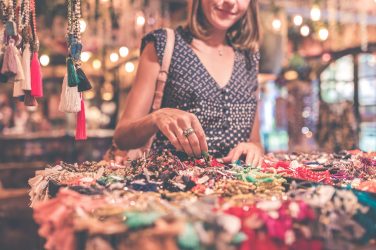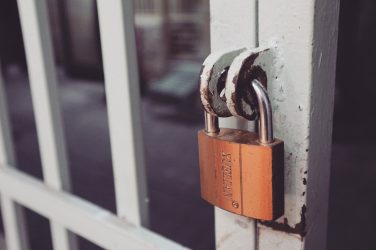No matter whether you live in a humid climate or a dry one, mold spores still are all around us. Mold is a form of fungi. While some kinds are very beneficial (e.g. penicillin) others are dangerous both to our homes and our help.
What Is The Difference Between Mildew And Mold
Mildew is a form of mold. It grows on surfaces in damp and warm places such as the bathroom. Mildew starts out as a white or gray powdery colony. If it isn’t removed quickly, it turns brown or black. If you want to test for mildew, you can dab the mark with a piece of cotton wool which has been dipped in bleach. If it disappears or lightens after a couple of minutes, it it’s mildew. Otherwise, it’s dirt.
Mold in high concentrations can be detected by an unpleasant, musty odor. It might be coming from damp crawlspaces under the home or from a carpet which has mold growing in its padding. Getting rif of the problem is essential. Not every mold is mildew. Mildew discolors surfaces, but there are other molds which are more dangerous and can damage your home’s structure. Mold which is green or black and is slimy or fuzzy, causing the wood or drywall beneath it to crumble or become soft, the mold can caused irreversible rot. It will need removing straight away to avoid further damage.
Hiring An Expert
Usually you can remove mold yourself from your home. If it covers over 10 square feet, however, you will need to get in touch with a professional from somewhere like this company offering mold remediation in Annapolis, MD.
How To Kill Mold
There are several things you can use to kill mold. These include:
- Chlorine bleach – this destroys mold, removing discoloration. Dilute before you use bleach and take care with dangerous fumes.
- Hydrogen peroxide – this isn’t as harsh as chlorine bleach. It kills the mold and lightens any stains. It may work more slowly when compared to chlorine bleach but there’s no residue or toxic fumes.
- Distilled white vinegar – thanks to its acid content, vinegar can break down mold’s structure to kill it. It may leave staining which will then need to be scrubbed away with household cleaners.
- Borax and baking soda – baking soda and borax both have high pH levels. This inhibits the survival and growth of mold. Both are affordable and non-toxic. Borax works more effectively to remove stains.
If you use these products, avoid rinsing away all the cleaning solution as some residue inhibits mold from growing in future.
Guarding Against Mold
If you’re worried about mold or mildew forming in your home, the good news is that it can easily be prevented. The best option is to invest in a dehumidifier. You can buy whole house models or ones which can be used in a single room. You can even get small dehumidifiers which are quiet running and suitable for use in a bedroom so you can still have a great sleep without being disturbed.
A dehumidifier removes excess moisture from the air, which would cause mold to grow. This means that your surfaces will all remain mold free. You can also reduce your chances of mold developing by drying clothes outdoors and keeping windows open when you run and bath or shower, cook food or wash clothes.
If you can prevent mold from growing on surfaces in your home, you can save yourself a lot of trouble later on. Mold can be expensive and time-consuming to remove, especially if it becomes entrenched in your drywall or floors. If rot begins to occur, extensive renovations will need to be carried out and these could be extremely costly and disruptive to your life. Therefore, nipping the problem in the bud before it begins is definitely the most effective option.
Follow this advice and you will find that mold won’t be a problem in your home. Whether you’re trying to guard against mold or whether you need to remove mold which is already growing in your property, our top tips will make sure that keeping your home mold-free will be a breeze.







Show Comments (0)